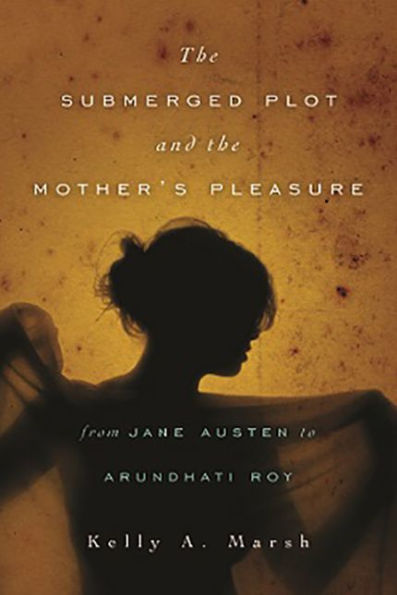The Submerged Plot and the Mother's Pleasure from Jane Austen to Arundhati Roy
In The Submerged Plot and the Mother’s Pleasure from Jane Austen to Arundhati Roy, Kelly A. Marsh examines the familiar, overt plot of the motherless daughter growing into maturity and argues that it is accompanied by a covert plot. Marsh’s insightful analyses of nineteenth- and twentieth-century Anglophone novels reveal that these novels are far richer and more complexly layered than the overt plot alone suggests. According to Marsh, as the daughter approaches adulthood and marriage, she seeks validation for her pleasure in her mother’s story. However, because the mother’s pleasure is taboo under patriarchy and is therefore unnarratable, the daughter must seek her mother’s story by repeating it. These repetitions alert us to the ways the two plots are intertwined and alter our perception of the narrative progression. Combining feminist and rhetorical narratological approaches, Marsh’s study offers fresh readings of Persuasion, Jane Eyre, Bleak House, The Woman in White, The House of Mirth, The Last September, The Color Purple, A Thousand Acres, Bastard Out of Carolina, Talking to the Dead, and The God of Small Things. Through these readings, The Submerged Plot and the Mother’s Pleasure explores how the unnarratable can be communicated in fiction and offers a significant contribution to our understanding of narrative progression.
"1123477460"
The Submerged Plot and the Mother's Pleasure from Jane Austen to Arundhati Roy
In The Submerged Plot and the Mother’s Pleasure from Jane Austen to Arundhati Roy, Kelly A. Marsh examines the familiar, overt plot of the motherless daughter growing into maturity and argues that it is accompanied by a covert plot. Marsh’s insightful analyses of nineteenth- and twentieth-century Anglophone novels reveal that these novels are far richer and more complexly layered than the overt plot alone suggests. According to Marsh, as the daughter approaches adulthood and marriage, she seeks validation for her pleasure in her mother’s story. However, because the mother’s pleasure is taboo under patriarchy and is therefore unnarratable, the daughter must seek her mother’s story by repeating it. These repetitions alert us to the ways the two plots are intertwined and alter our perception of the narrative progression. Combining feminist and rhetorical narratological approaches, Marsh’s study offers fresh readings of Persuasion, Jane Eyre, Bleak House, The Woman in White, The House of Mirth, The Last September, The Color Purple, A Thousand Acres, Bastard Out of Carolina, Talking to the Dead, and The God of Small Things. Through these readings, The Submerged Plot and the Mother’s Pleasure explores how the unnarratable can be communicated in fiction and offers a significant contribution to our understanding of narrative progression.
29.95
In Stock
5
1

The Submerged Plot and the Mother's Pleasure from Jane Austen to Arundhati Roy
296
The Submerged Plot and the Mother's Pleasure from Jane Austen to Arundhati Roy
296
29.95
In Stock

Product Details
| ISBN-13: | 9780814252611 |
|---|---|
| Publisher: | Ohio State University Press |
| Publication date: | 01/28/2016 |
| Series: | THEORY INTERPRETATION NARRATIV |
| Edition description: | 1 |
| Pages: | 296 |
| Product dimensions: | 6.00(w) x 9.00(h) x 0.80(d) |
About the Author
From the B&N Reads Blog
